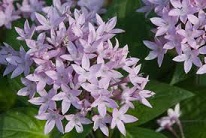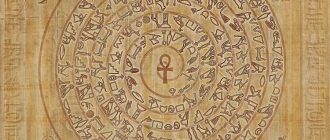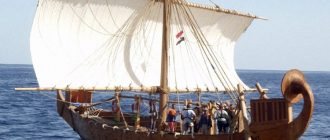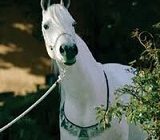Want to learn about Egyptian foliage? Read on to discover the variety of Egyptian foliage…
The Egyptian landscape is dotted with different hardy plants which have been cultivated for over 5000 years for their high utility. From the Egyptian flax plant which is harvested for its durable fibers and which are used to create medical concoctions, to the Cyperus Papyrus which is utilized to create papers, the Egyptian foliage presents a rich cultural history that has crossed frontiers and contributed to the development of different industries and materials across the world.
Common Kinds of Egyptian Foliage
The Egyptian flax plant is popularly harvested for its durable fibers which are extracted from the stem of the plant. These fibers when found in fine quality are extremely silky, lustrous and flexible. However, they are slightly less flexible than cotton and that makes them very durable and resistant to wear and tear. The linen fabric which is created out of Egyptian flax plant is extremely cool and comfortable. Apart from this it is utilized to create the damasks as well as lace. The coarse fibers are spun into ropes and twine.
Cyperus Papyrus is also called paper Reed in Egypt and the plant sprouts stems which are as high as 5 feet and each bush grows over 3 feet wide. This is a non-flowering garden shrub and does not bear any fruits or flower. It requires wet and shady areas with alkaline soil and can be planted near a constant water source like a lake or pond.
Prune out old wood and it will grow well, it is appreciated by gardeners because it provides a good kind of foliage to the overall look. It was previously just utilized for the creation of paper and reed mats in ancient Egypt.
This garden shrub is an evergreen shrub and continues to bloom and retain its leaves during the winter season and the summer season. It is quite hardy and grows well in the Egyptian desert but it is interesting to note that the hardiness of the plant actually differs from region to region.
Another popular Egyptian foliage specimen is the large leafed Privet Evergreen which is a flower bearing shrub. It grows up to 12 feet high and spreads up to 8 feet wide but does not produce any berry or fruit. For a water loving shrub which bears flowers you can consider planting the dwarf bamboo Evergreen which is also known as Bambusa Nana in Egypt. It does not have fruits but it does flower and is approximately 4 feet in height and 4 feet in width.
The Sentry palm is iconic Egyptian foliage which grows without producing berry, fruits and does not flower. It prefers acidic soil conditions and does not require pruning and major maintenance making it an extremely efficient plant that looks beautiful in the garden.
The Egyptian Ibis has the day lily which grows throughout winter and thrives through spring. It has bunches of flowers which look like shiny silver and have Lilac to pinkish overtones ending in large green and yellowish throats. This is a beautiful day lily and flowers into very large sizes. This plant flowers into a hearty bush of day lily clumps if it is not pruned and looks beautiful in full bloom.





